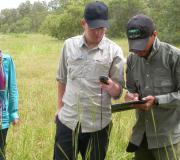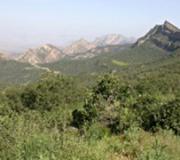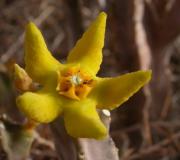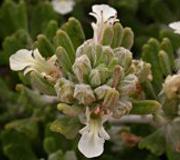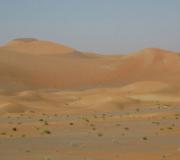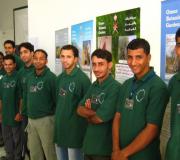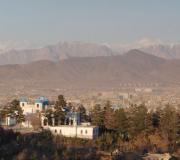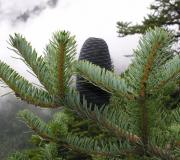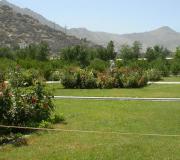Locating and protecting important sites for biodiversity
Nature Iraq’s Key Biodiversity Area (KBA) program aims to create an Iraq National Inventory of Important Sites of biological diversity. CMEP is assisting the KBA program through capacity building and surveying in northern Iraq.
The KBA project aims to locate and assess important sites for birds, mammals and plants. The KBA survey program for plants has been running in Iraq since 2007. To date, surveys have been undertaken in the southern marshlands and in the northern mountains of Sulaimani, Erbil and Dohuk governorates.
Since 2009, CMEP has assisted Nature Iraq with botanical KBA surveys, data management, plant identifications, and training for conservationists and botanists in Sulaimani governorate.
In May 2010, CMEP ran a 10 day training course on Qara Dagh for 10 participants from Nature Iraq, Baghdad University, Twin Rivers Institute and Sulaimani University. This training course covered survey design, field skills, data management and plant collecting.
In June 2010, CMEP participated in a detailed botanical survey of Piramagroon. Project partners will use this data in the KBA selection and prioritisation process for Iraq.
